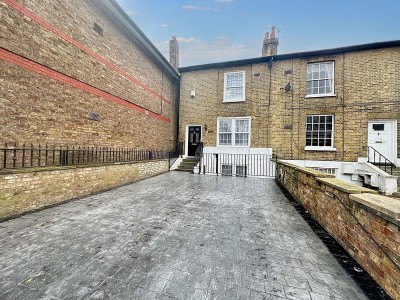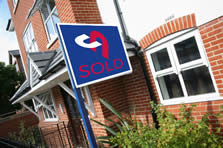The cost of residential fall-throughs increased by almost 12% during the first quarter of this year, costing UK home sellers £220m.
Home Sale Pack has analysed quarterly residential fall-through data from TwentyCI and measured it against the estimated cost of a collapsed sale, based on source value versus house price, adjusted for inflation and including likely legal costs, to understand how much money UK home sellers lost due to fall-throughs in Q1 2024 compared to Q4 2023.
The data shows that there were an estimated 64,865 residential fall-throughs in the UK in Q1 2024. This marks a quarterly increase of 11.3% compared to Q4 2023 when the number stood at 58,294.
This increase in the number of fall-throughs has led the combined cost of fall-throughs to increase by an estimated 11.6% to reach a total of almost £220m in Q1 2024 alone.
As such, it can be estimated that the average cost of a fall-through currently stands at £3,388
As well as these large quarterly increases, the current figures represent a significant annual increase in the cost and frequency of fall-throughs.
Q1 2024’s number of fall-throughs represents an annual increase of 4.1% compared to Q1 2023, while the overall cost of these fall-throughs has increased by 5.9% on the year.
Ruth Beeton, Co-Founder of Home Sale Pack, says: “High interest rates and long-term property market uncertainty are continuing to prove problematic when it comes to the overall stability of the property market and the propensity for sales to collapse.
"However, this latest spike in fall-throughs has come following a decline during the last quarter of 2023, when the number of fall-throughs actually fell by around 20,000 and the costs fell by around £60m. So what’s happened to cause this large increase after seeing such a sharp drop last time around?
"The most likely explanation is an increase in market activity. At the end of last year, there was very little optimism around the UK market and wider economy. But as we moved into 2024, economic forecasts started to appear more optimistic and the huge house price drops that many had been predicting simply didn’t happen and showed no real sign of happening.
"As such, buyers felt more confident moving into the market, increasing activity. Sadly, inefficiencies within buying and selling processes are so rife that as activity goes up, it’s inevitable that fall-throughs will also grow rapidly. Our industry needs to adopt a more efficient selling process to ensure that increased buyer demand doesn’t automatically lead to a huge spike in fall-throughs as a direct cost for sellers.”








